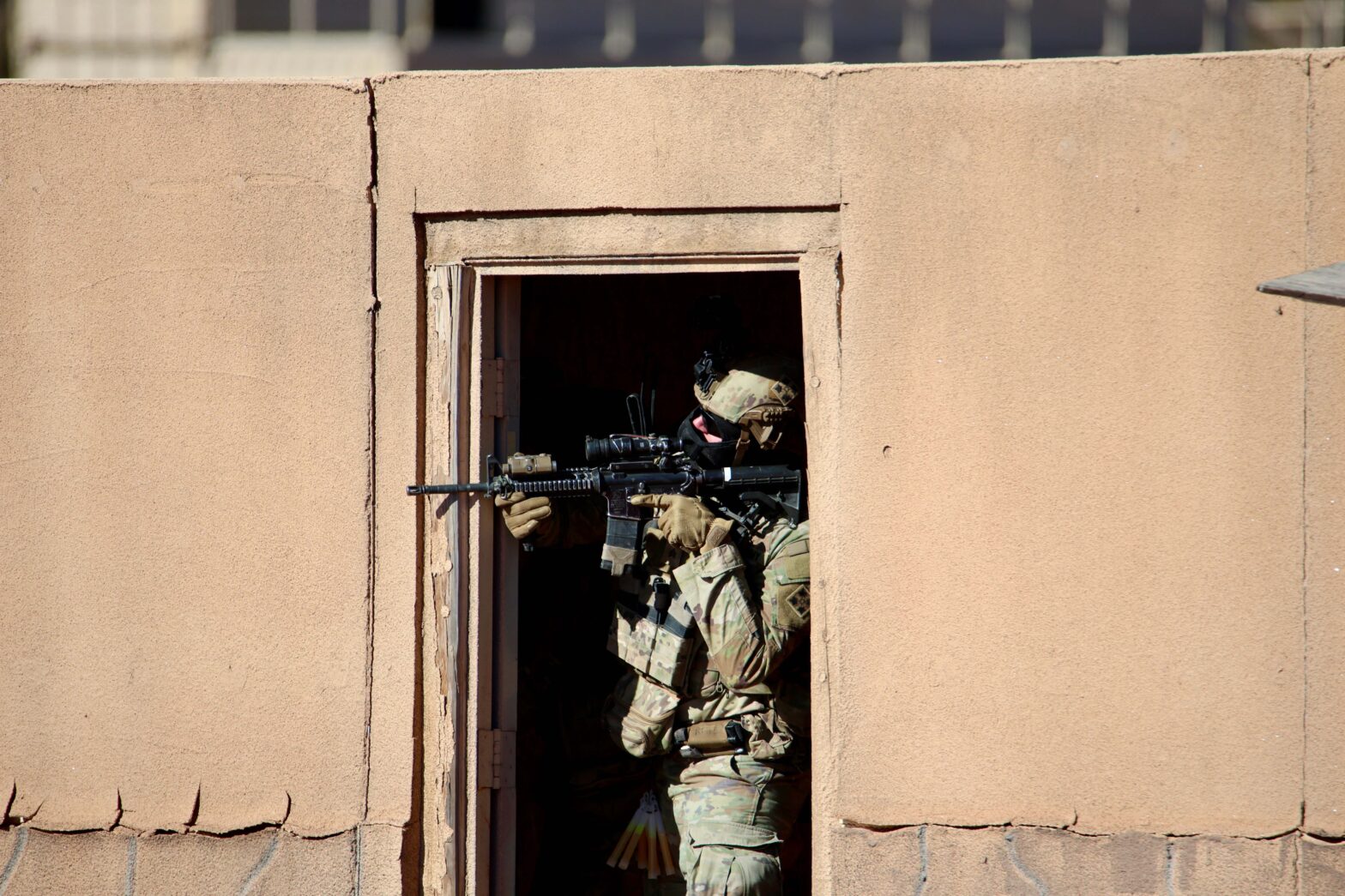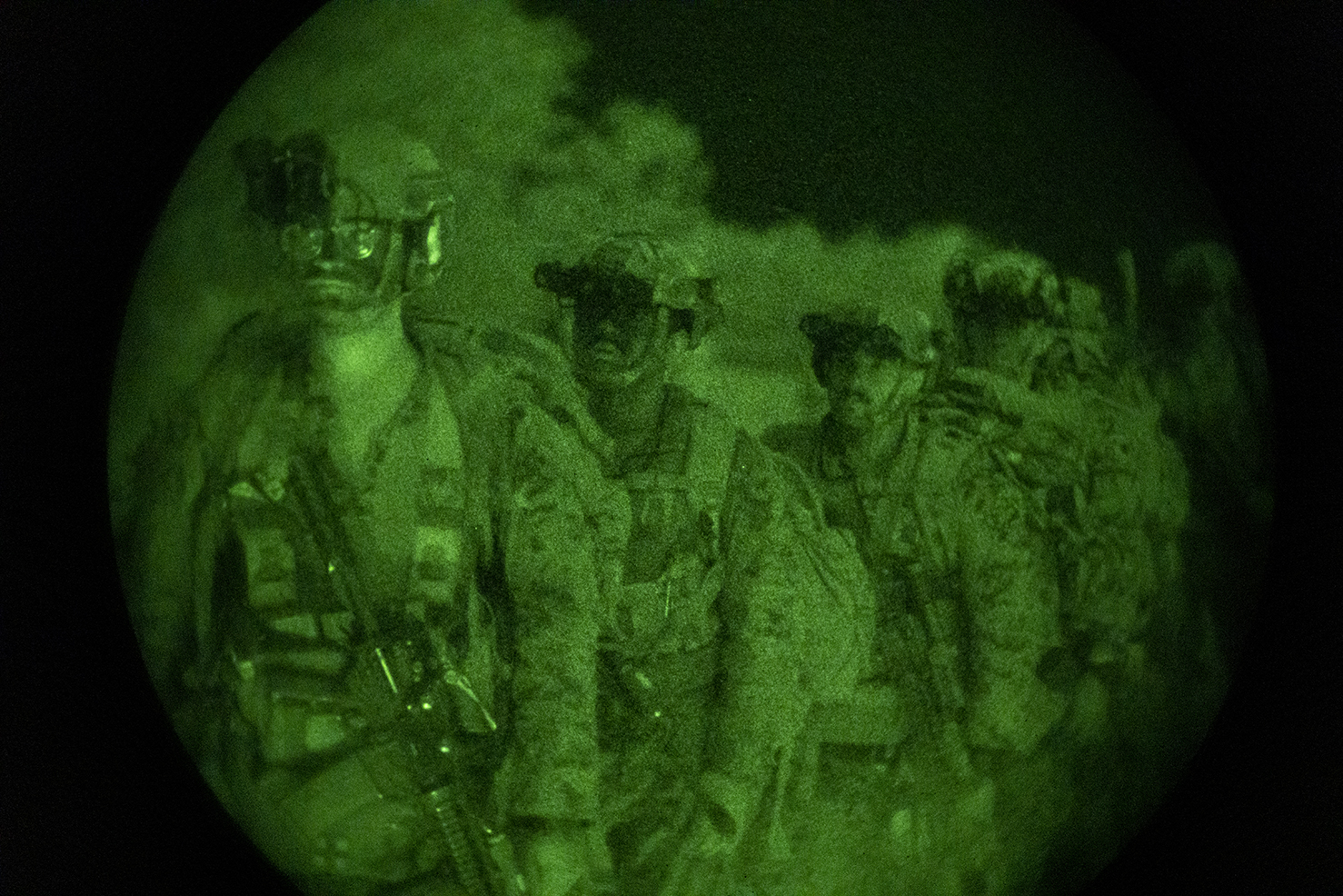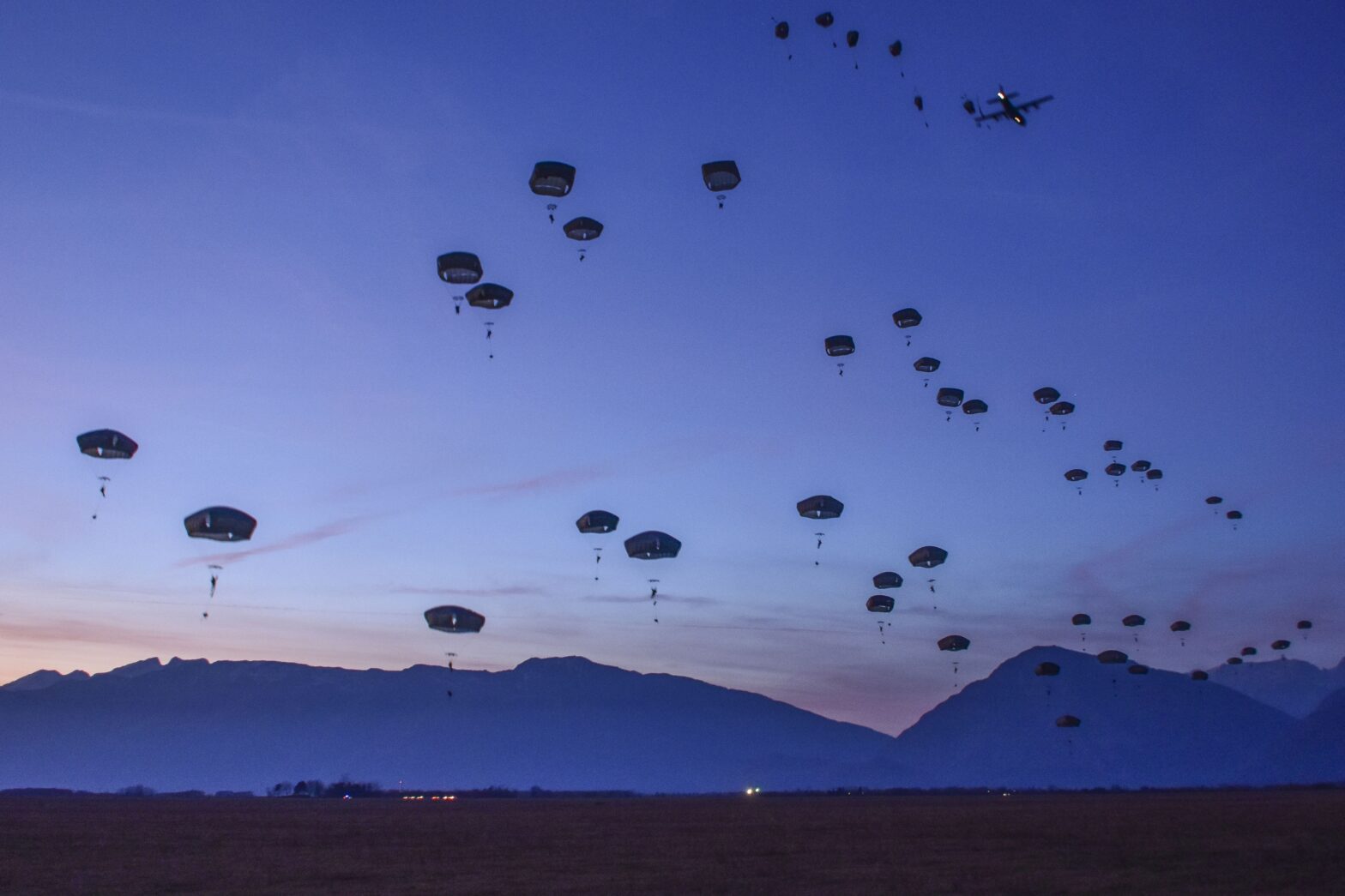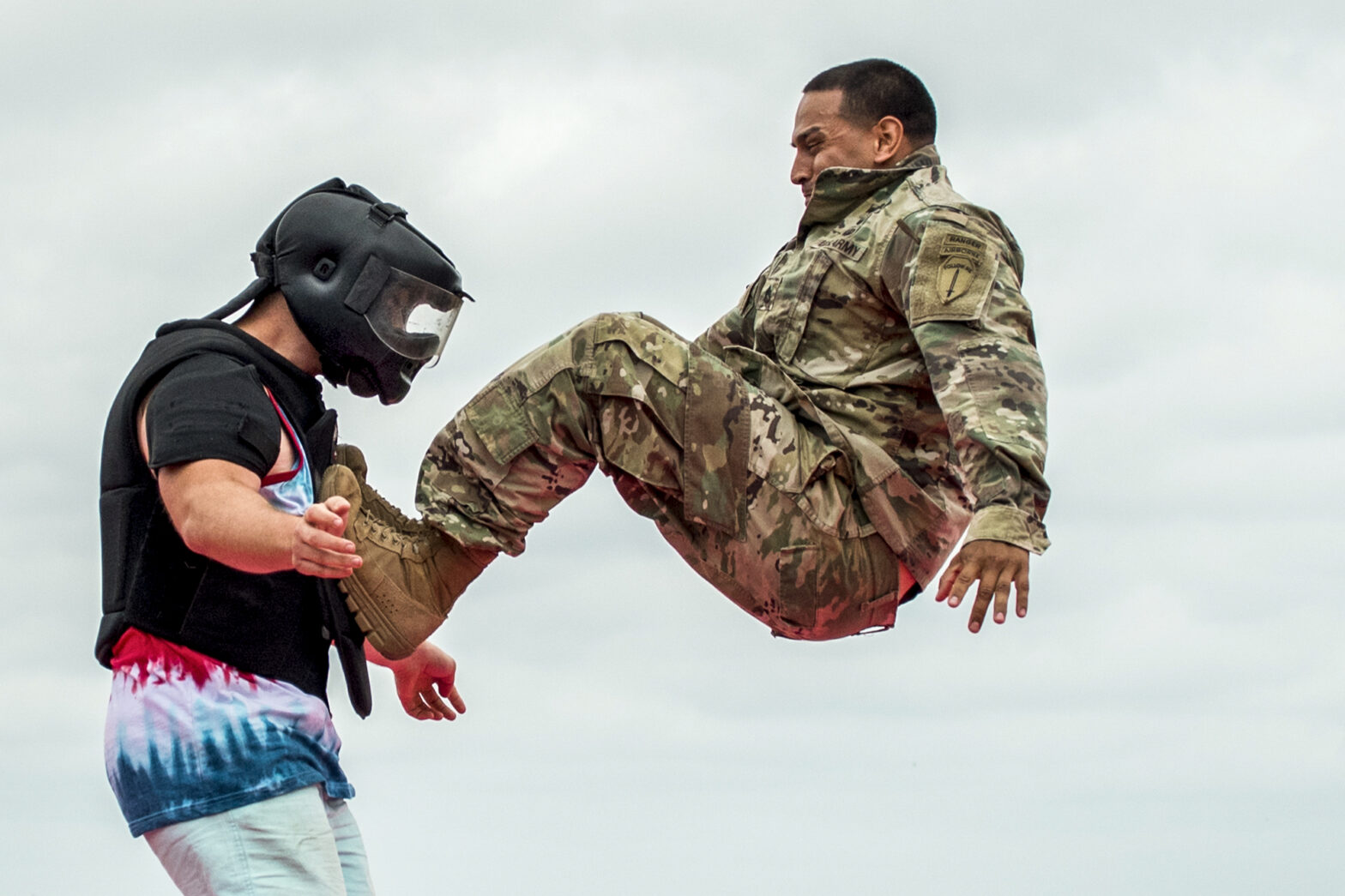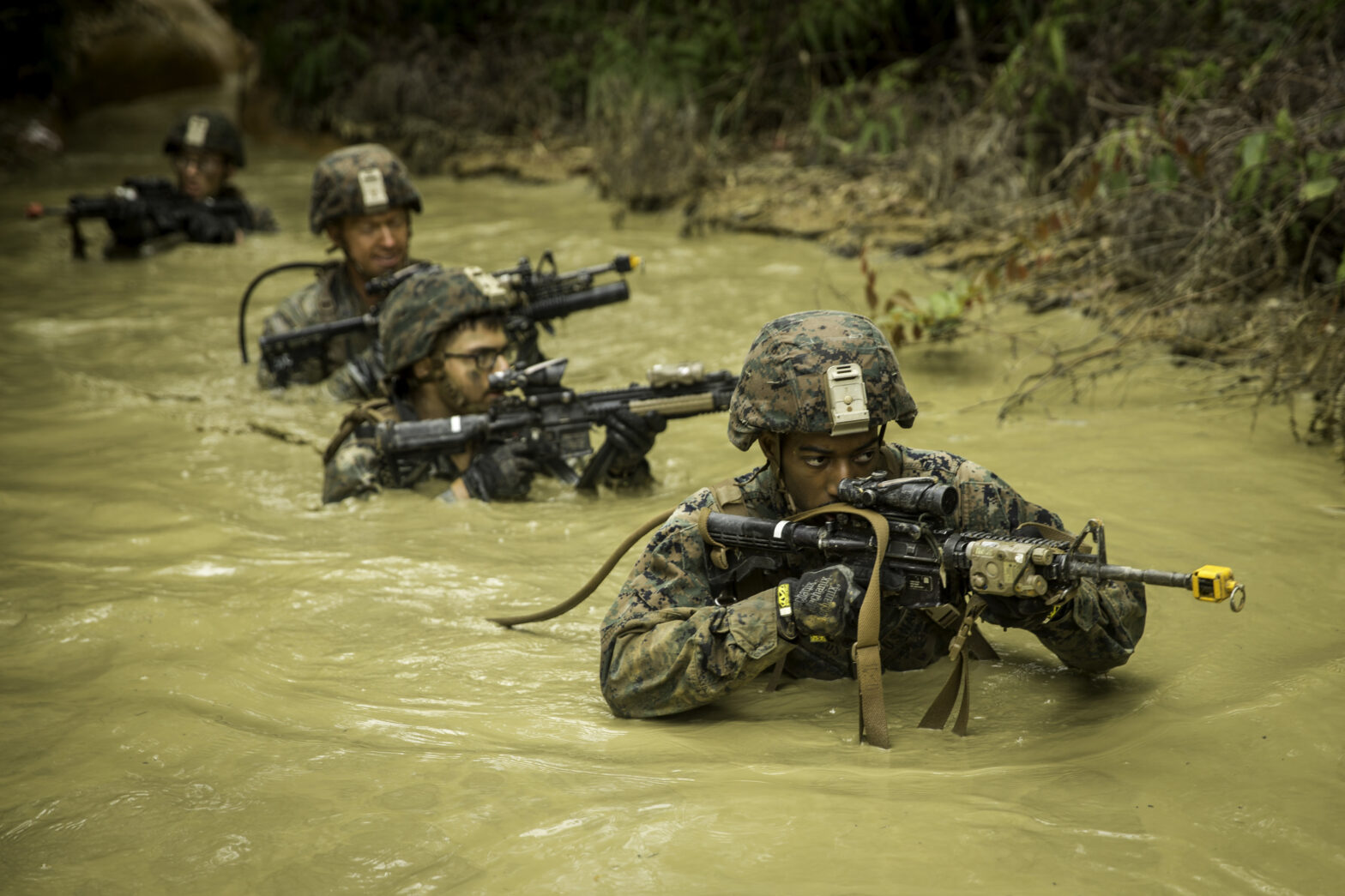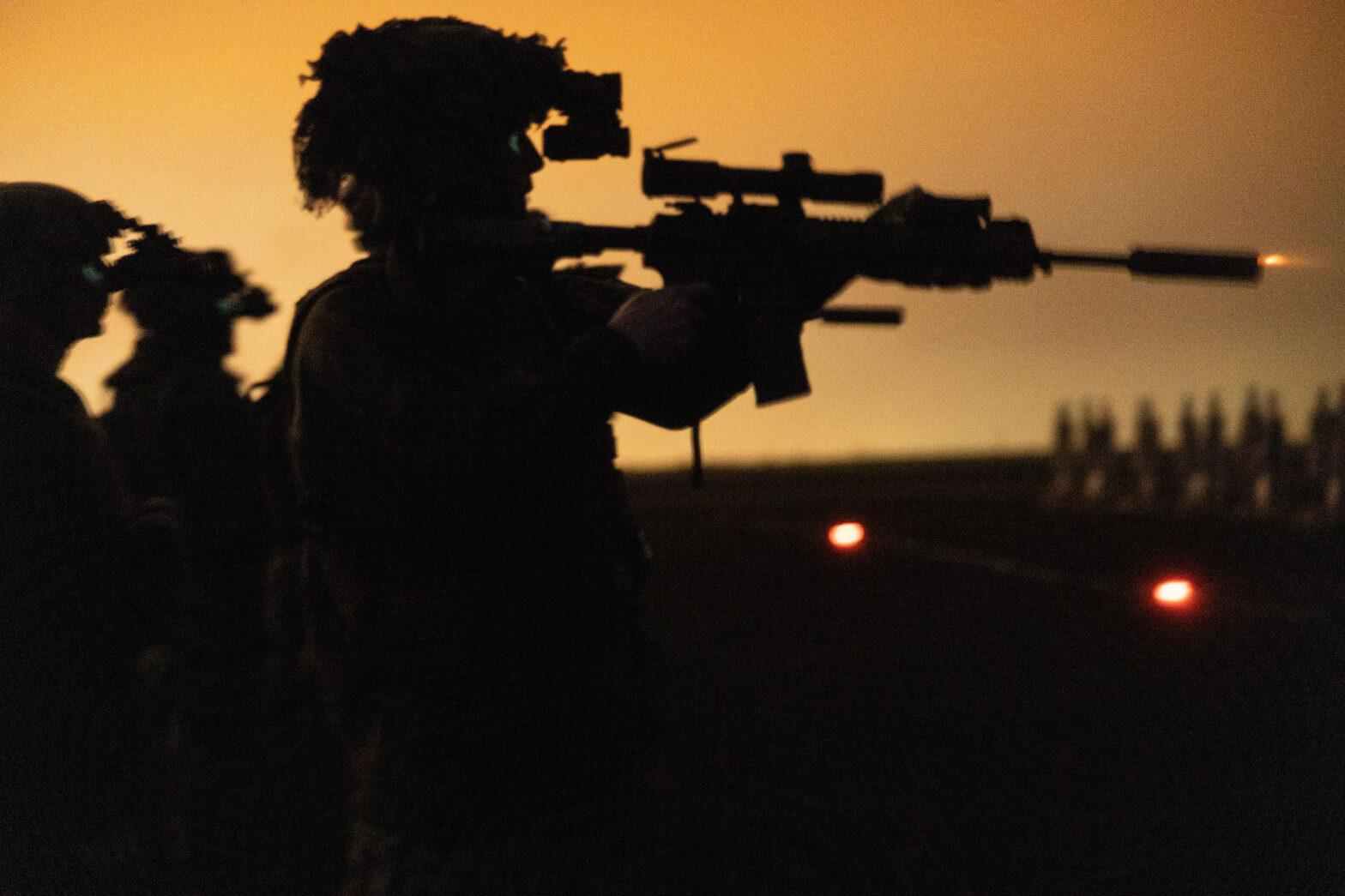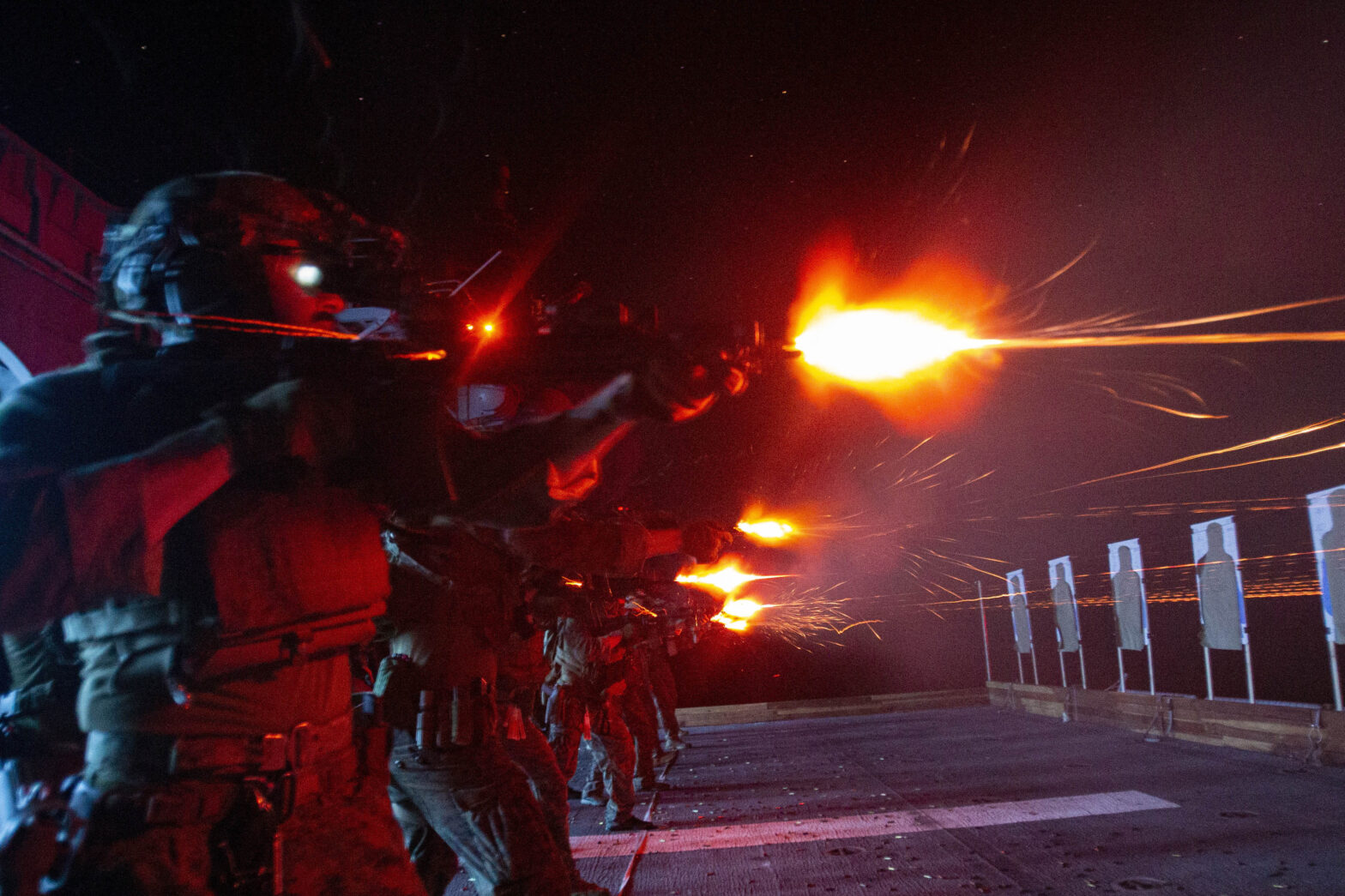Slicing the Pie Slicing the Pie involves a slight head tilt and re-orienting the head upright. The ability to perform this skill quickly while maintaining visual clarity requires the vestibular system. Specifically, the vestibulo-ocular reflex (VOR) in the roll plane. Kettlebell oblique sidebending is performed in this same plane, and through the addition of a… Continue reading Breaking Down Threshold Assessment: The Sensorimotor Components
Tag: Visual System
Sensorimotor Skills
Blasts have been used in war for centuries. In fact, there is evidence of gunpowder bombs that date back to the Tang dynasty (circa 618-907 AD). [1] Though warfare and weapons have evolved since the Tang dynasty, blasts have remained a consistent variable of war. Sensorimotor skills are also a consistent variable of war, the… Continue reading Sensorimotor Skills
Training for Nighttime Air Assault Landings
Air assaults commonly occur during nighttime. While this offers a strategic advantage from an operational standpoint, it is well documented that night jumps, or landings with vision reduced, increases risk for musculoskeletal injury. [1-3] When vision is limited, or completely removed, an individual must increase reliance on their somatosensory and vestibular inputs for knowing where… Continue reading Training for Nighttime Air Assault Landings
Astronaut Training for Mars: What Tactical Teams can Learn
Astronauts undergo rigorous training in preparation for spaceflight. One challenge that astronauts face in preparation for mission to Mars is what is called sensorimotor dysfunction. During spaceflight, astronauts experience prolonged zero gravity conditions, so the sensory systems responsible for movement – vestibular, visual, and proprioception – are sending altered information to the brain than when… Continue reading Astronaut Training for Mars: What Tactical Teams can Learn
Target Training: Breacher
I’ve been building out a 12-week program on Teambuildr that develops situational awareness capabilities specific to the demands Breachers face. No matter the position, situational awareness, target focus and acquisition, and ownership of movement can all be broken down to loading the visual, vestibular, and somatosensory systems. We can just load in different ways. Here… Continue reading Target Training: Breacher
How I Progressively Load Vergence
Vergence is a vital situational awareness capability. It is the ability to keep a target in focus with forward/backward movements. Vergence requires your eyes to move in separate directions, like “cross-eyed” as a target is moving closer to you, as well as back away from you. Vergence is important to train in tactical athletes as… Continue reading How I Progressively Load Vergence
Speed and Accuracy
Capability Development: speed and accuracy of divided focus eye movements without losing control of your footwork. Key Goals: Loss of speed and precision of movement is common with increased visual demands. As we are loading the demands on your visual system, we are increasing the demands on two other sensory systems that are important for… Continue reading Speed and Accuracy
Keeping Target Focus with Forward/Backward Acceleration
A force with a forward or backward linear acceleration is unique as it will trigger a vergence response with the eyes. This means that the eyes are moving in opposite directions as they track a target moving closer or further from you. Placing the target on the ground in front of him, Ben then performs… Continue reading Keeping Target Focus with Forward/Backward Acceleration
Target Focus and the Vestibular System
In this video Ben is holding the camera while he walks and then transitions to a run. You’ll notice that as he walks we are able to maintain good focus of the gym, but as he transitions to a run we lose that ability to keep clear vision on the environment. But he didn’t lose… Continue reading Target Focus and the Vestibular System
Maintaining Target Focus Against an External Force: Weapon Recoil
Maintaining target focus against an external force is an important skill and greatly impacts performance. For example, maintaining target focus when experiencing a weapon’s recoil. You don’t want to risk losing target focus with every recoil force. Here’s what happens: This typically happens in less than 15ms and can have a significant impact on accuracy… Continue reading Maintaining Target Focus Against an External Force: Weapon Recoil
